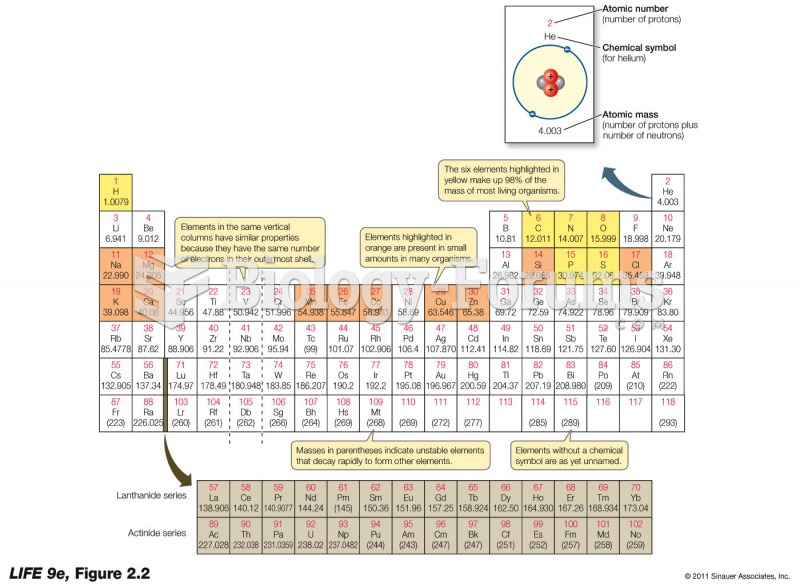| Age | A Youngster's Experience | Developmental Concepts
Identifying the Nature of the Challenge | Implications
Facilitating Cognitive Growth |
Infancy
(Birth-2) | Eighteen-month-old Julia is becoming frustrated that the tower she's trying to build with wooden blocks keeps toppling over. Her caregiver sits on the floor beside her and helps her stack the blocks in such a way that the tower is more stable. | Building a block tower is in Julia's zone of proximal development: She can do it successfully only with assistance. | |
Early Childhood
(2-6)
| Four-year-old Jacob is trying to put together a simple picture puzzle. His progress is slow, but he persists. As he works, he continually makes comments such as, "Nope, doesn't fit," "Where's that green one?" and "Maybe if I turn it this way. . . ." | Jacob is engaging in self-talk as a way of guiding himself through a difficult task.
| Encourage rather than discourage self-talk, because it enables children to guide themselves through difficult tasks without the assistance of others.
|
Middle Childhood
(6-10)
| "Metal always sinks, because metal is heavier than water," 9-year-old Rachel emphatically states. Her teacher shows her a postcard of a large cargo ship and says, "This ship is made almost entirely of metal. Why is it floating?" Rachel pauses, squinches her face, and thinks. "Wow, I don't know. Why does it float? That doesn't make sense!" | | Present information that conflicts with what children currently believe as a way of helping them acquire more sophisticated understandings of the world.
|
Early Adolescence (10-14)
| As part of an assignment for his eighth-grade journalism class, 14-year-old Jamal shadows a local newspaper reporter for a day. The reporter gives Jamal a steno pad similar to the one she herself uses and encourages him to take notes as she interviews the mayor and police chief. Periodically she looks at Jamal's notes and offers suggestions on how he might improve them. At the end of the day, Jamal helps the reporter write a story for the paper using the notes they've both taken. | As a newcomer to the world of journalism, Jamal does not have the training he would need to write a newspaper story on his own. However, he can certainly contribute in meaningful ways to a story. The reporter is engaging Jamal in guided participation in an adult activity.
| Engage children and adolescents in typical adult activities; for instance, by introducing authentic activities in the classroom or by giving them opportunities to take on tasks in community agencies and businesses.
|
Late Adolescence (14-18)
| A high school social studies teacher in a wealthy school district presents some alarming statistics about the number of people living in poverty in the local community. When he asks his students to suggest some possible solutions to the situation, a heated debate ensues: "Some people are just lazy." "No they aren't! We just need to find them all jobs so they can earn a decent living." "Some people can't work because they have disabilities. How about if every rich family 'adopted' a poor family and helped it out?" | The students' diverse opinions about the problem reflect sociocognitive conflict that should promote disequilibrium and motivate the students to think about the matter more deeply. Yet some of the responses (e.g., finding jobs for everyone, asking rich families to "adopt" poorer ones) may be unrealistic, consistent with the idealism so typical of adolescence.
| |







